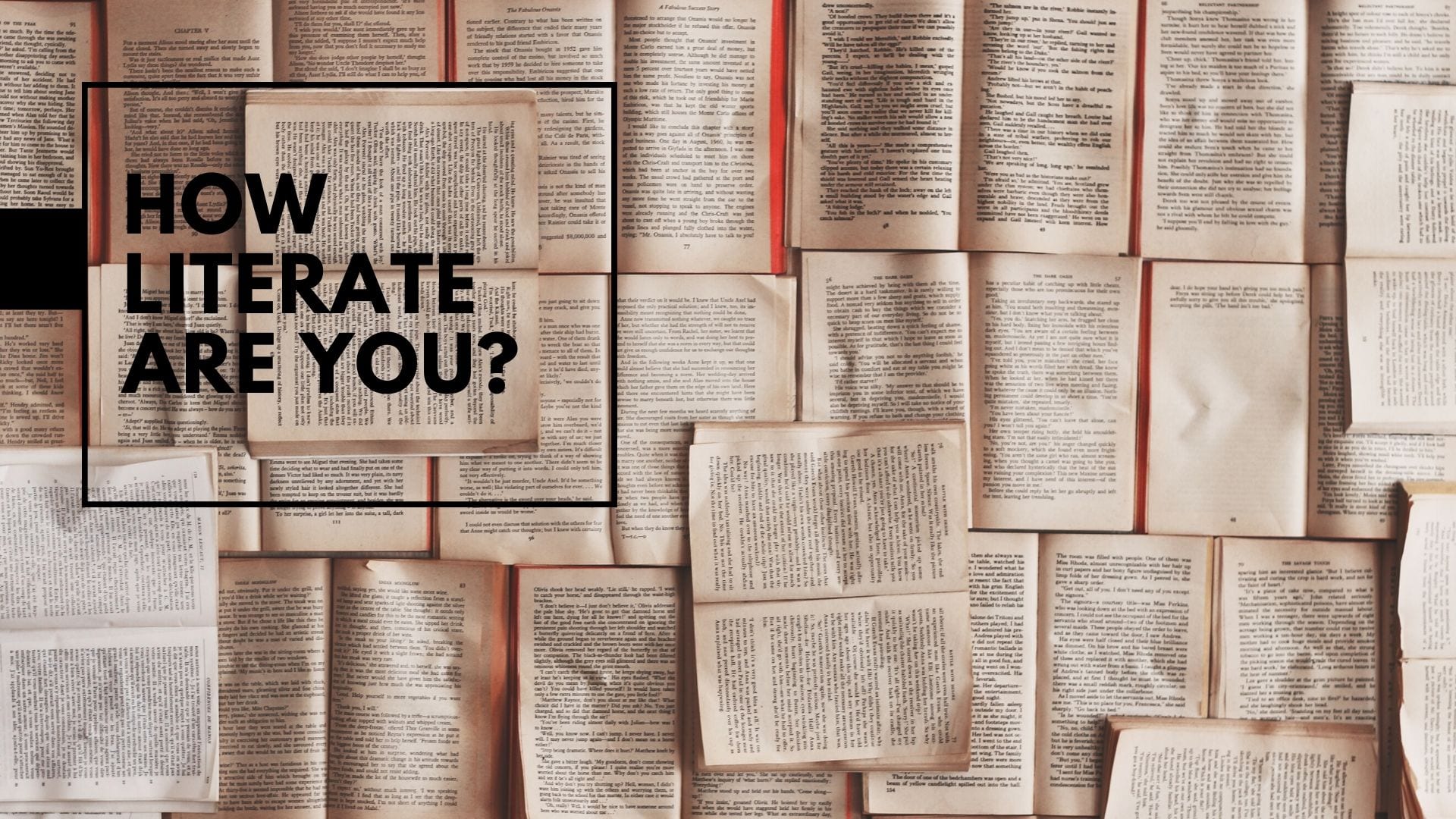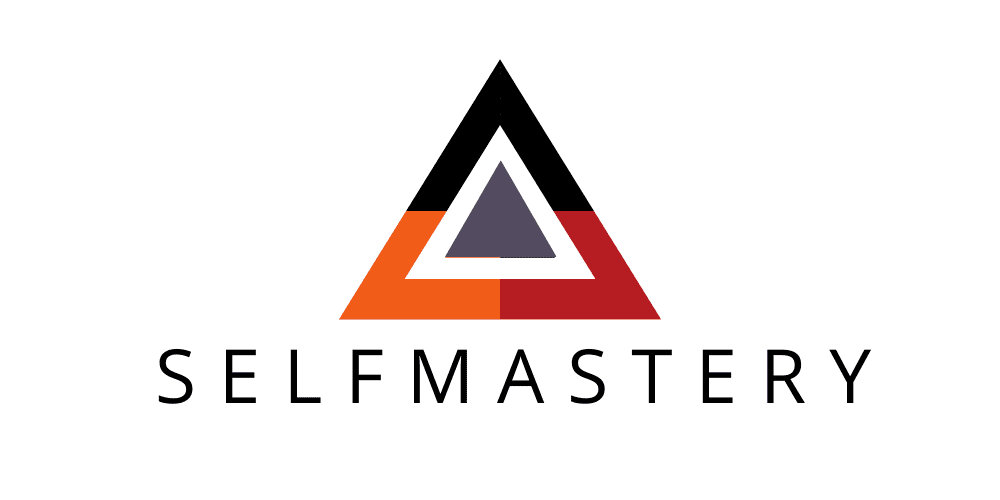
20 May How literate are you?
I remember when my father took us to the book fair to buy our first Encyclopedia. It was in the late 80s, and even though I was very young I could understand the seriousness of the investment. We spent the whole day on just that task. The cost of it was an amount of money I had never heard before in my life. We went to all the big publishers in the fair. In the end, we were between Salvat (a classic Spanish staple) and the Encyclopedia Britannica. We went with Salvat, I don’t remember why. My literary talent is scarce so I will not attempt to describe to you the smell of those twenty-three books, but I remember it so well. I bet you my sister does too. We spent endless hours reading random articles and doing homework from our Salvat. Doing homework was a very mechanical task back then. You basically copied the article from the encyclopedia to the notebook and then gave that to your teacher. That was research. We did not have to evaluate the quality of the information we were given, we could and were educated to trust it.
If you are like me, you grew up in the comfort of having very few official sources of information. Even in the late 90s and the early 00s when you and I were in college learning about the history of beer and the alcohol percentage of absinthe we still had relatively few sources of information. My point is, we never developed the skills needed to know how to critically read the blog post from Dr. Phil Carnivore that your friend Francine recommended. She is doing her 3rd wave of paleo, has lost 15 lbs, and says she is feeling amazing so she shared that post with you via Facebook: “you need to do this ASAP, this guy is a genius! I feel A-mazing.” You just read the post and think: “maybe I should try this!?” And just like that you end up changing your behaviors for three months just because of one silly blog post. We are highly educated people and so the thought of being ignorant when it comes to something like evaluating digital information is hard to accept. And yet, it is very, very real.
Because of this digital illiteracy (that we are not fully aware of) we find ourselves in a world of confusion and tribalism today. This is true in the world of politics, and it is true in the world of fitness, nutrition, and mindset. My objective with this post is to give you an overview of two common mistakes the digital reader makes, as well as a tool you can use to evaluate the quality of the information you are reading. Let’s start with the suck.
Common Mistake No. 1: The Illusory Truth Effect
We get daily videos, Instagram posts, blog articles, podcasts, and newsletters all tailored to our tastes and biases. Information is a commercial product–it always has been. And just like Amazon knows exactly what kind of underwear you’ve been really into lately, Google and Facebook know exactly which articles you are more prone to read. Keep in mind that the best marketing is specific. Why show you an ad for wine if everybody knows you think wine is a mediocre beverage which is inexplicably popular and overrated? Instead, showing you an ad for another black t-shirt will most likely lead you to buy yet another black t-shirt you don’t need because you really love black t-shirts. The same logic and the same algorithms are used for information. Which implies you end up only consuming the information you are already keen to read.
We live in a world in which the information selects you and not the other way around. Hence, if you don’t go out of your own way to educate yourself and to read different points of view, you will end up consuming only the information you like, rather than the information you need. And like any good friend will tell you: this is the fastest way to go to your new job wearing that terrible lumberjack jacket you bought at H&M which makes you look like your grandmas’ old pjs ate too much pizza and then they awkwardly wrapped your torso in a warm bag.
So far, I haven’t told you anything you did not already know. The real problem is that repetition tends to make us believe that what has been repeated is true. This phenomenon is called the “Illusory Truth Effect”, and it happens even if what has been repeated is false, and even if we know it is false. Couple that with targeted informational marketing and what you get is a world of information that conforms to your taste, not to reality.
Now, this would not be a post on digital literacy if I did not say this, go ahead and read the experiments on which this effect is based and constructed. I’ll give you two:
- Hasher, Lynn; Goldstein, David; Toppino, Thomas (1977). “Frequency and the conference of referential validity” (PDF). Journal of Verbal Learning and Verbal Behavior. 16 (1): 107–112. doi:10.1016/S0022-5371(77)80012-1. Archived from the original on 2016-05-15.
- Fazio, L. K., Brashier, N. M., Payne, B. K., & Marsh, E. J. (2015). Knowledge does not protect against illusory truth. Journal of Experimental Psychology: General, 144(5), 993–1002. https://doi.org/10.1037/xge0000098
The first article presents the first experiment where the effect was observed and analyzed. The second article presents an up-to-date summary of the current research on the topic. What you will see is that the experiments are a lot more bland and specific than we would like them to be. However for the purpose of this post, the point is that we are all prone to the following: if we think that something is true, repetition of that same information is going to prevent us more and more from looking at it critically. So if you are a vegan or a carnivore and Facebook and Google just keep throwing at your articles on the topic, you are just going to get more and more certain of your belief. It goes beyond discussion, argumentation, or logic. It taps into a particular way our brains work, which is also why it is *painful* to consider other points of view. When I say you get more and more certain, and so less and less open to new or different ideas I really mean it–it is a measurable effect. As I always say, thinking is super hard!
Okay, so now that you are aware of this let’s deal with it. First, you need to accept one hard fact: your brain is vulnerable to this no matter how smart you think you are. Read that again, and if in the back of your head you are: “yeah, Juan, people are stupid, but not us!”, remind yourself I am talking about you and me! Second, you need to make your biases explicit AF. Knowing your bias is a bias relativizes it and it allows you to seek and see the truth in points of view different from yours. Third, actively seek out the contrary point of view. This third one might be the most important. Intentionally seek out information. Don’t let the algorithms of social media tell you what to read. They are not evil white men in coats. They are programmers that are trying to make things so easy for you so that you don’t have to think. And as I say, we really don’t like to think, so … we end up thinking wine is a good drink when it obviously is not.
Common Mistake No.2: Most of us really don’t know statistics
I taught two classes on statistics. I still don’t get them. Okay, I get them, but what I still don’t get is how many assumptions are built into their application. From the mathematical point of view, of course, they are solid. But the transfer to reality of the statistical principles and techniques should be performed with a deep knowledge of the axioms and assumptions of the theory of probability. If you don’t do this, you risk confusing the model with reality. One thing I have observed in my personal experience is that mathematicians tend to give numbers and mathematical models a lot less power over reality than non-mathematicians. As a matter of fact, I have always found that people who don’t like numbers tend to believe almost blindly in anything that has a mathematical model behind it. Numbers have an esoteric quality for the person who finds them confusing.
Now, let me ground this and give you an example of why it is problematic. Most of us have a basic understanding of statistics. We know what an average and a standard deviation are. This is all you will need to understand this example, so bear with me.
Consider the following image:

Each graph represents a specific case. The yellow dots represent data points. Think of, for example, the times of your 5Ks in the last two years. Each graph would be a set of different 5K times. If you were in the first case, the one labeled x1 (top left corner), you would be making very good progress with your 5K. If you were in the second, labeled x2, you would have peaked and now you would be regressing. If you were in the third, labeled x3, you would be doing very steady progress with one super unusually good performance. If you were in the fourth you would have done pretty much all your 5Ks on the same day which is crazy, so let’s not worry about this one.
The cool thing about these cases is that they all have equal descriptive statistics measures. The average is the same, the deviation is the same, and the blue line on the graph which represents the linearization of the data points is the same. So if you were only to look at the number of the cases and at the basic statistics descriptors they would look the same to you. You would project the same 5K time for all the people here. But if you look closely at the graphs it’s obvious this is not the case. What’s more, each case will require that you make very different coaching decisions on what’s to come, with x3 being a very difficult talk about age.
These graphs and data sets were developed by the French statistician Francis Anscombe in the 70’s and are known as “Anscombe’s quartet”. They were introduced to me by one of my awesome athletes (thanks Joe!) One day we were talking about the problems with tracking macronutrients. You see, the quartet is an awesome way to explain to a person with a graphical soul why only looking at macronutrients is problematic. Thinking that all that matters is eating 25 grams of carbs regardless of what you eat is really wrong. You confuse the number with the food, with its nutritional value, what that food does in your body and what your body does with it. Half an apple and a handful of skittles are two very different things that both have 25 grams of carbs. Reducing food to a set of numbers is such a violent minimization that we end up in a world that really makes no sense.
Now, I love numbers, I love math, I love macronutrient data. My emotional attachment to these things is cool but irrelevant. What matters is that in order to use mathematical tools we need to understand their value as models and as simplifications of reality. We are not falling into a void of skepticism. We are not denying their value. We accept and see their limitations. This is particularly true when it comes to statistics. When you are reading information online that is backed by some research study based on statistical models, you have to be aware that you are seeing just the descriptors, the blue lines from Anscombe’s quartet. In order to really understand what is going on, you have to go and look at the yellow dots. When you read that Keto is great for you and Dr. Phil Carnivore is throwing some data in your face, you better check those yellow dots. You don’t want to end like Francine, swearing by keto today and next year swearing by veganism combined with intermittent fasting.
The Digital Literacy Number
Okay, so that was the suck, now let’s go with the awesome!
If we have learned something from the triad of fitness/nutrition/mindset it’s that awareness is the first step to improvement, always. So let’s start there. One way to keep your reading/podcasting/youtubeing in check is by being aware of the quality of the content you are consuming. For that, I have created the Digital Literacy Number. It is just an easy way to keep you consuming high-quality content.
Next time you read/listen/watch anything online assign to whatever you are consuming a number based on the following scale:
0 = The author has factual proof of what they are saying.
1 = The author is taking the information from a 0 level source and is giving it their interpretation.
2 = The author is taking their information from a 1 level source.
k = The author is taking information from a k-1 source.
For multiple sources, the DLN number is the biggest one of the numbers of all the sources.
Gradations
– The number of sources is limited and incomplete.
n The sources belong to different schools of thought for the given topic.
+ The source set is exhaustive and high quality.
Rule
Interpretation always moves you one level up.
Don’t be discouraged by the abstract nature of the thing. It becomes simple, once you apply it. I can tell you that a well-written doctoral dissertation should be a solid 1+. A blog post like this, I do my research for my posts, is a solid 2-. However what you will find out is that most things you read online are 3-,4-, or beyond. The Salvat Encyclopedia was probably a sad 4 or 5, if not worse.
The idea behind this number comes from the Erdős number. The purpose is just to give you a tool that allows you to see how far away you are from the facts. In Colombian English, the objective is to be aware of how many times the information you are consuming has been fried and refried. Knowing this will help you stay away from information that has been refried so many times it tastes like a hard and chewy chicharrón. I use it to keep my blog posts honest and to help me navigate a world in which we have access to much more “information” than ever before. I hope it helps you too.
Here’s an easy heuristic to apply what you have just read:
▶ Seek the contrary point of view.
▶ Find the yellow dots.
▶ If it is 3 or above it’s too chewy, go find some 2s. Go for crispy, brown and delicious.
CONSUME CRITICALLY.


